How to Press Pills ?
September 10, 2024
Tablets are a type of pill. They are solid dosage forms by compressing powdered ingredients. This compression method is widely used for producing medication, supplements, and similar products. The process is quite straightforward. Yet, there are a few factors to consider to get a high-quality final product.
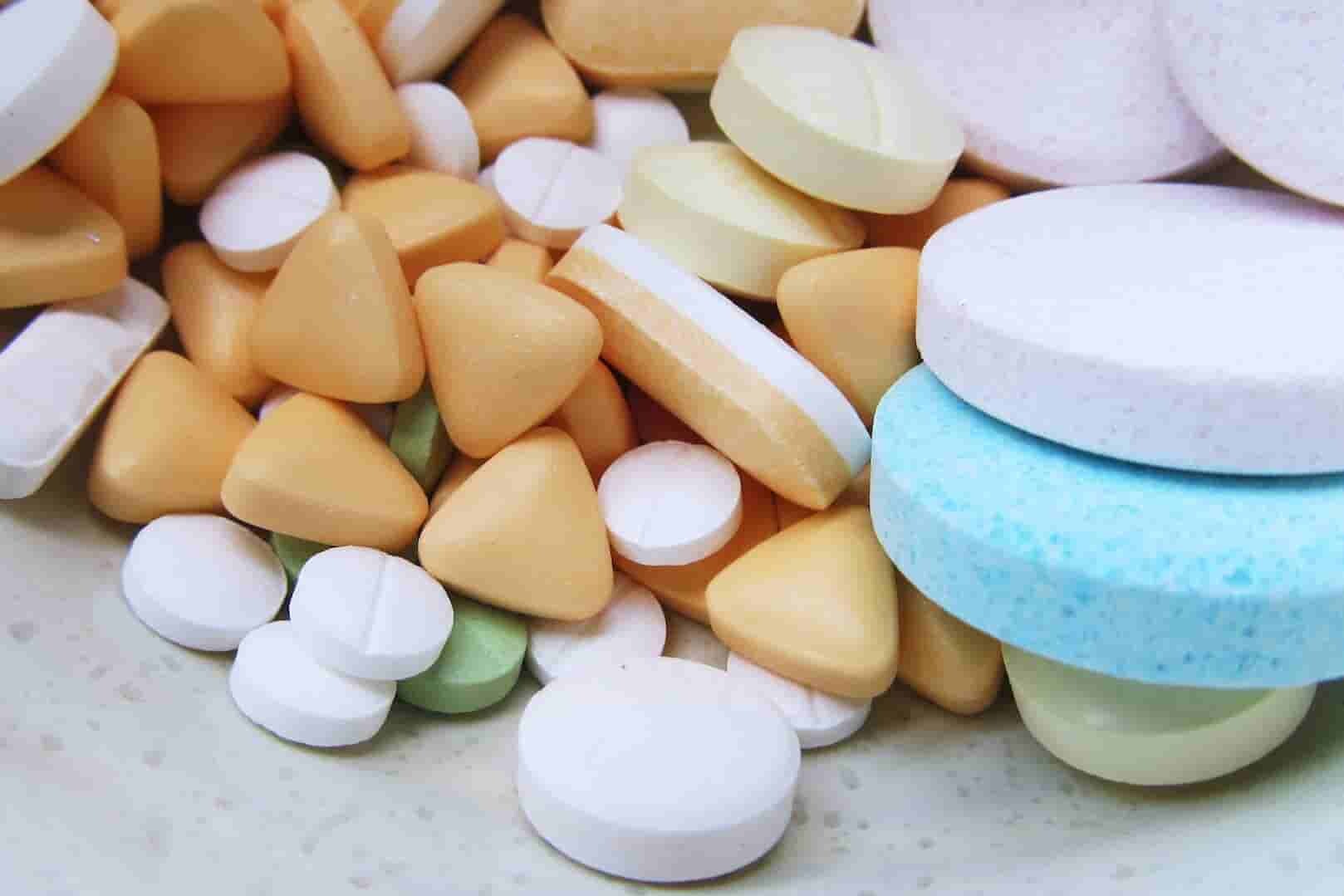
What Do You Need to Press Pills?
If you want to make tablets, you will require various components and specialized equipment. The specific components and equipment needed will vary based on the tablets being produced, as well as the drug formulations. Below are some of the critical elements you’ll need to press pills:
1. Active Pharmaceutical Ingredient (API)
The API is the main ingredient in pills. This ingredient provides patients with the desired therapeutic effect. It comes in either a synthetic or natural compound tested for pharmaceutical use. To press pills, the API must be properly mixed with other excipients, such as fillers and binders. This ensures even distribution of these ingredients throughout the tablet.
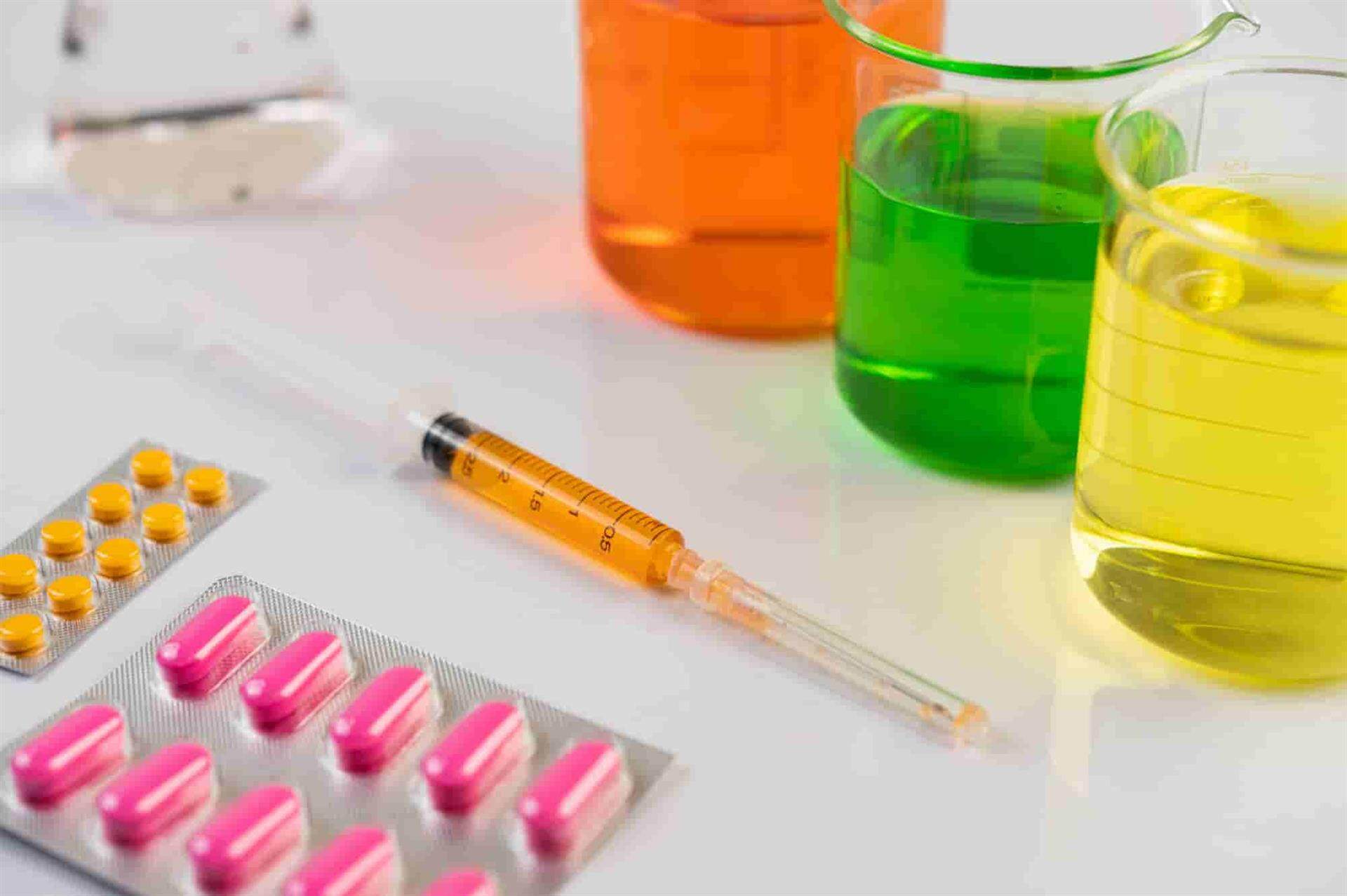
2. Excipients
In addition to active ingredients, inactive ingredients are must-haves when pressing pills. An excipient is such a substance. This inactive ingredient contributes to the physical properties of tablets.
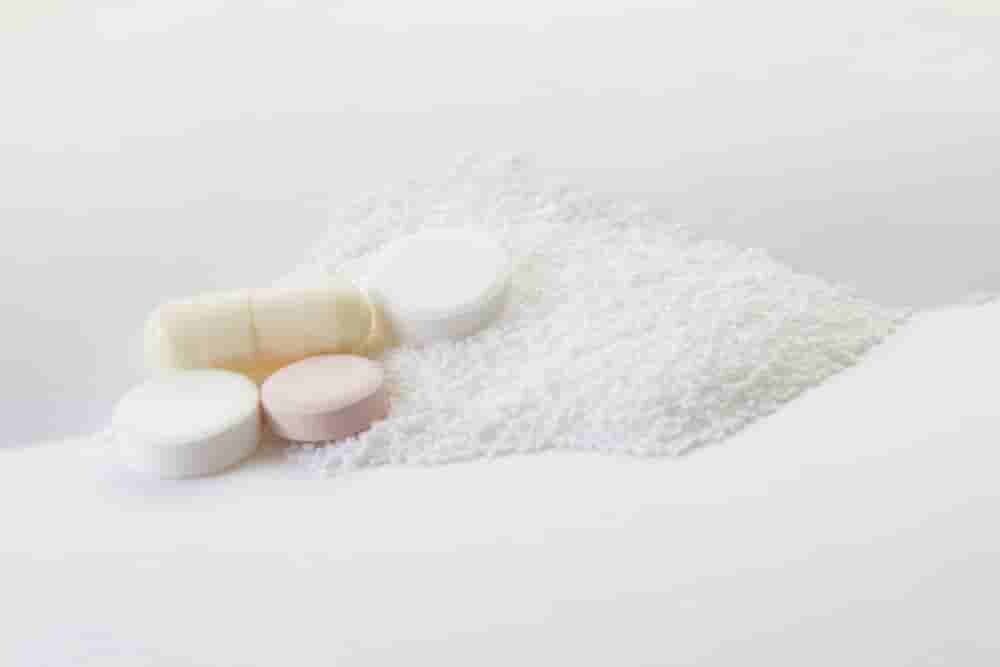
Common tablet excipients include:
- Fillers
- Binder
- Lubricants
- Disintegrants
- Coloring agent
Additionally, excipients are crucial to the delivery of the tablet formulation, helping enhance your products’ stability and shelf life.
3. Tablet Press
A tablet press is what you need to press pills. This machine is typically available in two styles. They are single-punch and rotary tablet presses. Both are widely used for pressing pharmaceuticals, nutraceuticals, and beauty pills.
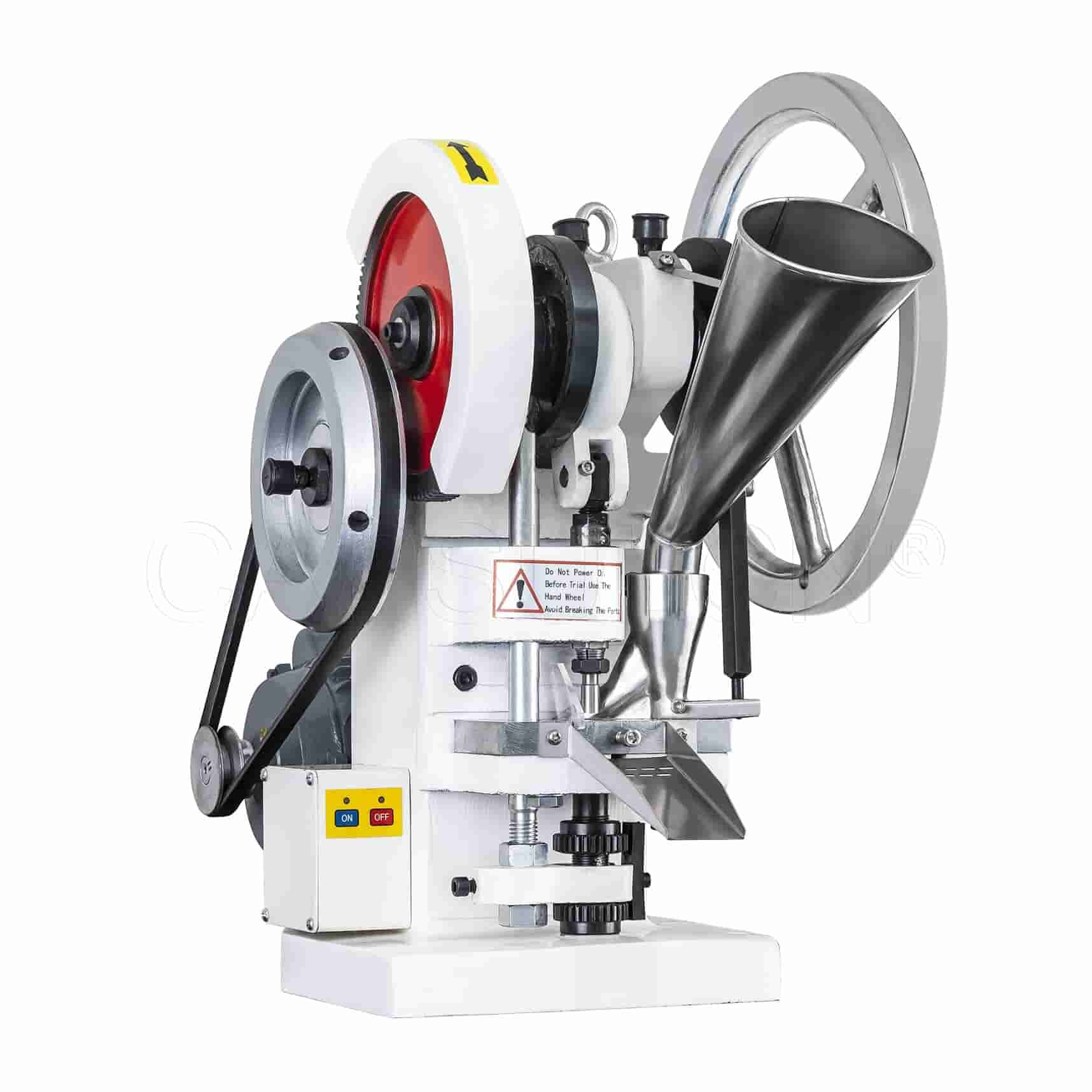 |
 |
Prior to pressing pills, granulated powders are evenly distributed into a die cavity. Once the die cavity is filled with material, the upper and lower punches of the tablet press compress the material within the die to form a tablet.
4. Tooling
The upper and lower punches and die mentioned above are all called tooling in a tablet press. A standard set of tooling typically includes an upper punch, a lower punch, and a die. These three parts determine your tablets’ sizes, shapes, and markings. Also, the tooling contributes to the consistency and quality of the final product.
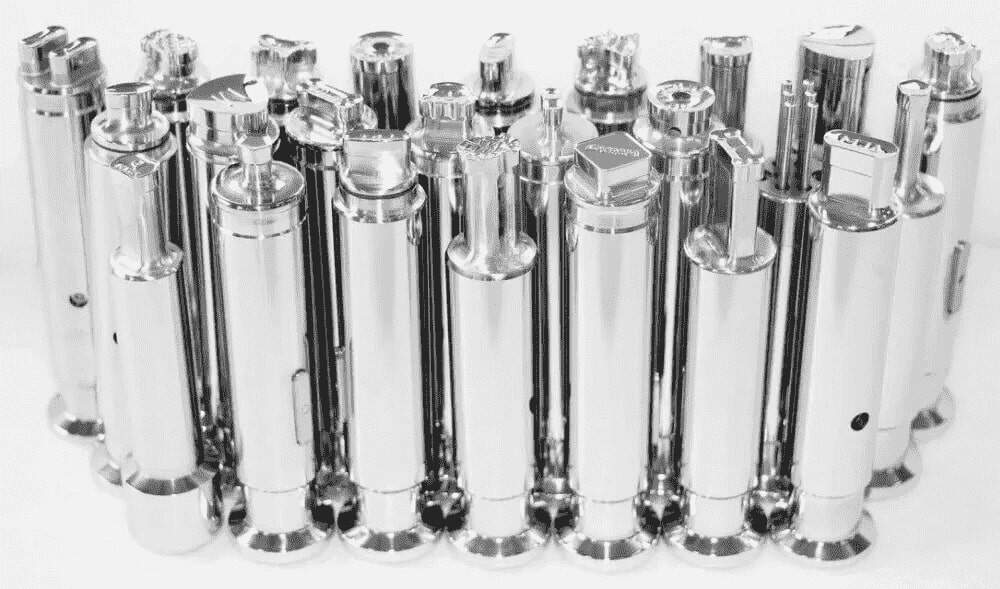
There are mainly two recognized standards for tablet tooling:
- Tableting Specification Manual (TSM)
- Euro Standard (EU)
The former was developed and exclusively intended for utilization within the United States by the American Pharmaceutical Association. In contrast, the latter is primarily utilized in Europe, but its application extends globally.
The tablet tooling can also be divided into four types: B, D, BB, and DB, of which the last two are the subcategories of the first two sizes.
Here are two tables to help you get a clearer understanding of the tooling.
Table 1: Difference Between TSM and EU Standards
| Specifications | TSM Tooling | EU Tooling |
| Punch Head | Angle profile | Domed profile |
| Inside Head Angle for B Tooling | 37° | 30° |
| Overall Head Thickness | Greater than EU | Smaller than TSM |
| Overall Punch Length | 0.010 inches shorter than EU | 0.010 inches longer than TSM |
Tablet 2: Different Types of Tablet Tooling
| Tooling Type | Barrel Diameter of the Punch (mm) | Outer Diameter of the Die (mm) |
| B | 19.00 | 30.16 |
| D | 25.35 | 38.10 |
| BB | 19.00 | 24.00 |
| DB | 25.35 | 30.16 |
Maybe you like also


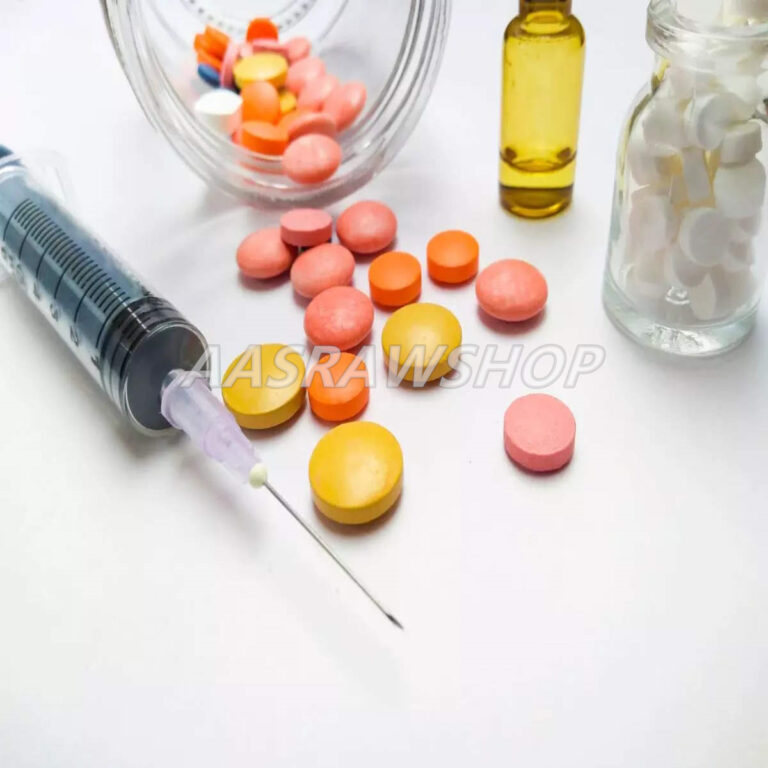 Injectable Dianabol 50mg Recipe
Injectable Dianabol 50mg Recipe Testosterone Base Homebrew Recipe
Testosterone Base Homebrew Recipe